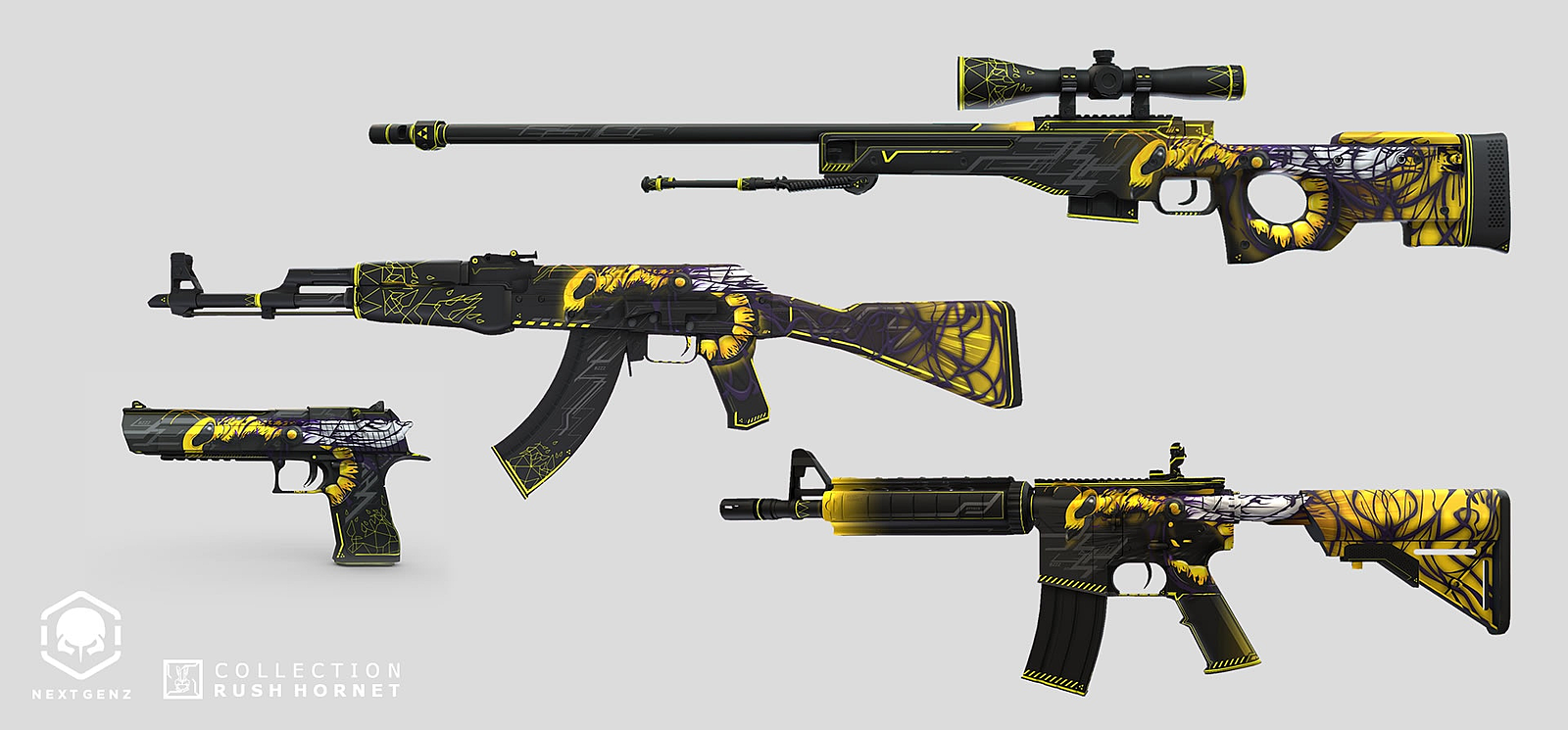Dasiwang: Your Gateway to Trending Insights
Stay updated with the latest news, trends, and insights across various topics.
Why CSGO Skins Are Your Best Investment: The Game Within the Game
Discover why CSGO skins are a smart investment! Dive into the lucrative world where gaming meets profit - don't miss out!
Unlocking the Value: How CSGO Skins Appreciate Over Time
The world of CSGO skins is fascinating, especially when it comes to understanding how they appreciate over time. Many gamers view these virtual items as more than just cosmetic enhancements; they are considered digital investments. Factors such as rarity, demand, and the overall popularity of Counter-Strike: Global Offensive play a significant role in determining the value of a skin. For instance, a skin released during a limited-time event may see a dramatic increase in value as it becomes harder to find, especially as new players enter the game and seek out coveted items.
In addition to rarity and demand, the community sentiment surrounding a particular skin can also impact its value. For example, skins that are part of popular collections or that feature unique artistic designs tend to appreciate more significantly. Furthermore, market trends and the economic climate within the game can lead to fluctuations in pricing. Understanding these dynamics is essential for anyone interested in investing in CSGO skins. By keeping a close eye on market trends and community discussions, players can make informed decisions when buying or selling their virtual assets.

Counter-Strike is a popular tactical first-person shooter game series that emphasizes teamwork, strategy, and skill. As players dive into the latest installment, many seek ways to optimize their experience, often exploring different cs2 launch options to enhance performance. With its competitive nature and diverse game modes, Counter-Strike continues to captivate both casual and professional gamers alike.
The Economics of CSGO Skins: What Sets This Investment Apart?
The world of CSGO skins has transformed from a simple customization feature in the game into a significant investment opportunity. These virtual items, which range from common to rare types, have created a thriving market driven by supply and demand dynamics. Unique skins can sell for hundreds or even thousands of dollars, attracting both gamers and investors alike. The economics of CSGO skins is deeply influenced by factors such as rarity, demand fluctuations, and community trends, making it an intriguing case study in digital asset evaluation.
One of the most compelling aspects that sets this investment apart is the concept of scarcity. Unlike traditional stocks or currencies, which can be produced infinitely, CSGO skins have a capped supply dictated by Valve, the game's developer. As certain skins become more sought-after due to limited availability or their performance in tournaments, their value escalates. Moreover, the integration of trading platforms allows players to buy, sell, and trade skins seamlessly, further enhancing their marketability and appeal as a form of digital investment.
Are CSGO Skins a Safe Investment? Exploring Risks and Rewards
As the popularity of CSGO skins continues to soar, many players and investors find themselves asking: are these digital assets a safe investment? On one hand, the market for CSGO skins has seen significant growth, with rare skins fetching staggering prices in online marketplaces. This exhilarating potential for profit attracts a diverse array of individuals, from casual gamers to seasoned investors. However, navigating this market is not without its risks. The fluctuation of skin values can be dramatic, influenced by factors such as rarity, demand, and even changes in the game's economy or updates.
Additionally, the legal and regulatory landscape surrounding CSGO skins investment is still evolving. Issues such as ownership rights, potential scams, and the legality of gambling linked to these items raise important questions for potential investors. Players must educate themselves on the risks involved, including the possibility of losing money if the market collapses or if their favorite skins fall out of favor. In the end, while CSGO skins can offer tantalizing rewards, it’s crucial to approach them with caution and to thoroughly assess both the risks and potential benefits before diving in.